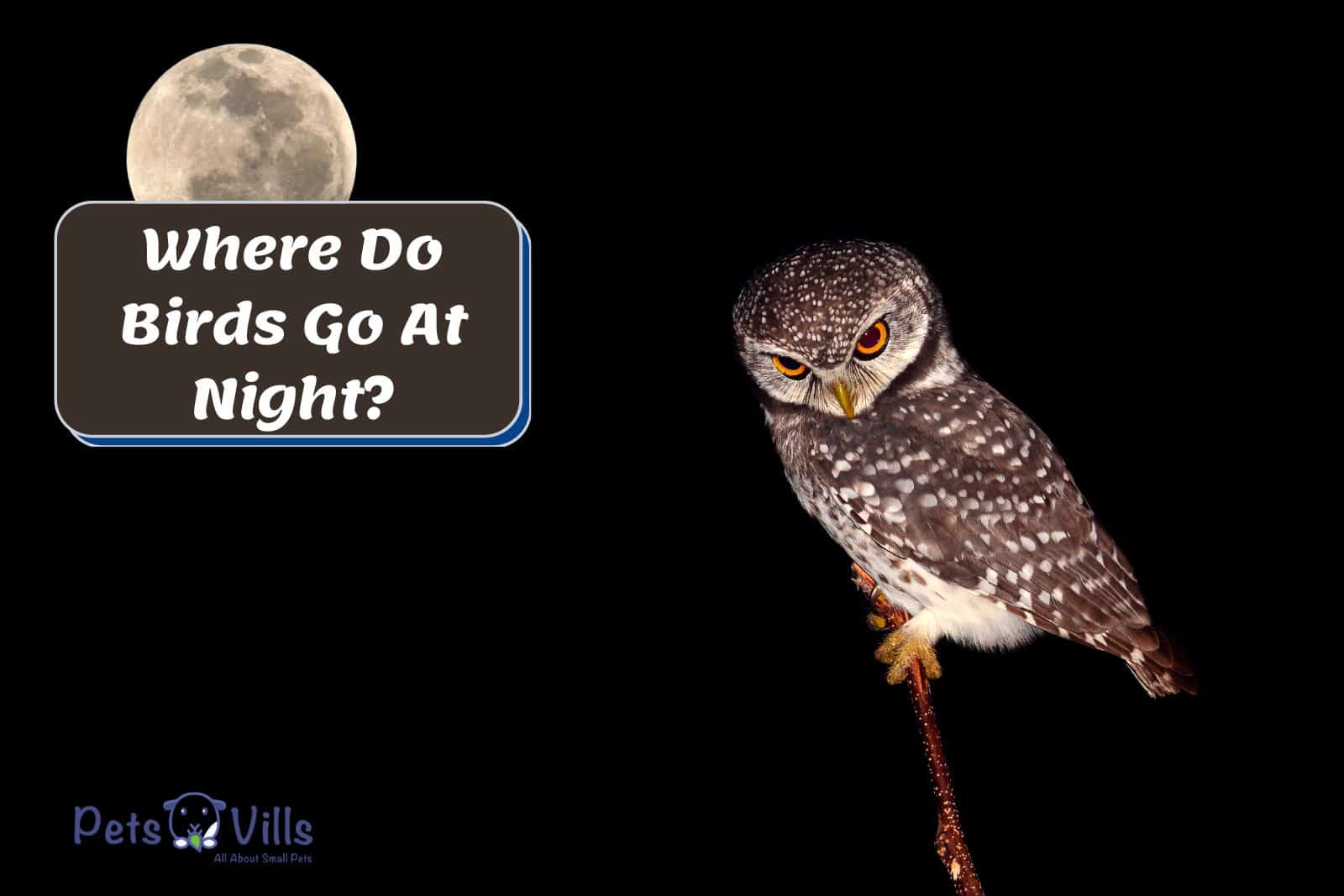It’s a question that has puzzled birders for years: where do birds go at night? Do they sleep in trees or maybe find a cozy spot in a field to snooze?
Turns out, the answer is a bit more complicated than that. In fact, different types of birds have other nighttime habits!
Read on to learn more about where your favorite feathered friends spend their nights.
Table of Contents
What Do Birds Do at Night?
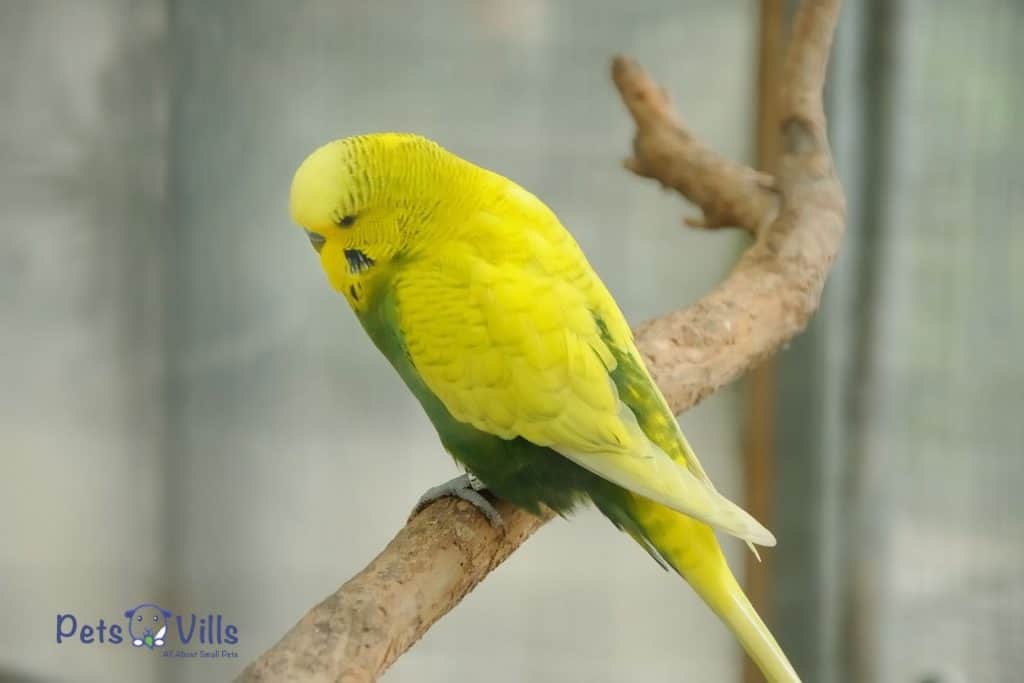
Birds sleep, just like humans do. But that doesn’t mean they spend all night snoozing on a branch.
Some birds are active at night. Others are crepuscular, meaning they are most active at dusk and dawn. And a few can’t sleep at all.
But most birds do sleep during the night in some form or fashion. The question is: Where do they go to catch some shut-eye?
The answer depends on the bird’s species and lifestyle, but there are some general trends among different groups of birds.
Some species nest in large colonies, making it easier to keep an eye out for predators. Other species nest alone or in small groups — making them more vulnerable to attack by other animals like snakes and raccoons that feed on eggs and hatchlings at night.
Larger birds tend to roost in trees or tall shrubs, while smaller birds may roost on branches closer to the ground — where small predators like snakes or opossums can quickly attack them.
Birds that live near water will often roost near ponds or lakes where they can quickly drink after dark without being seen by predators who might lurk nearby during daylight hours when other animals are also drinking from the water source.
READ MORE: Do birds live in birdhouses year round?
How Different Birds Sleep at Night?
1-Perching Birds
The majority of birds roost in trees or on power lines. Most perching birds sleep on a branch or in a nest and go through several periods of sleep throughout the night. [1]
The length of these periods varies depending on how active the bird is during its waking hours.
2-Floating Birds
Waterfowl such as geese, ducks, and other waterfowl also sleep in the water all night. Through the sound of the water, they get the alert of the arrival of predators and move to a safe place.
Birds like herons, flamingos, etc., also spend the night floating in the water. Birds floating in the water are always in groups for protection from predators.
3-Cavity Nesters
Cavity nesters are small birds that sleep on the tree trunks. The trunks of the trees are warm due to the sun’s heat, which makes them fit sleep in. [2]
When the stalks of the trees move, the birds realize that they may be in impending danger, so they become alert and move to safety.
READ MORE: Do Birds Sleep Standing Up?
Check out this cool video.
CHECK: How to Make Bird Cage With Wire
Diurnal vs. Nocturnal Species
Have you ever wondered why some birds are diurnal while others are nocturnal? The answer to this question lies in the bird’s ecology and physiology.
Their switch in schedule means that these two groups of birds have very different habits and behaviors.
Diurnal Species
Diurnal birds are active during the day when there is plenty of light for foraging and flying. They tend to be more social, coming together in large flocks to forage or mate. [3]
Most popular bird species, such as cardinals and blue jays, are diurnal. This means that they are easier to spot since they are active when people are awake and outside.
Diurnal birds tend to be more brightly colored than their nocturnal counterparts. They also tend to be more vocal, making them easier to spot.
Check out this simple video explanation.
Nocturnal Species
On the other hand, nocturnal birds are active at night when there are fewer predators around. [4] Nocturnal birds also have particular adaptations to see in the dark, such as large eyes and light-sensitive cells in their retinas.
Nocturnal birds are more likely to be solitary hunters or scavengers. They also tend to have better night vision than diurnal birds, which comes in handy for avoiding predators or finding a meal in the dark.
Nocturnal birds are usually darker in color and more reclusive. Some of them include owls, bats, nighthawks, etc.
So next time you’re out birdwatching, take a moment to notice the differences between the diurnal and nocturnal species you see. You might just be surprised by what you observe.
Where Do Birds Go at Night in Winter?
As the days grow shorter and the weather turns cold, many birds migrate to warmer climates.
Some birds, like most warblers, fly to Central and South America for the winter months. Others, like swans, migrate to southern parts of North America, where it is warmer.
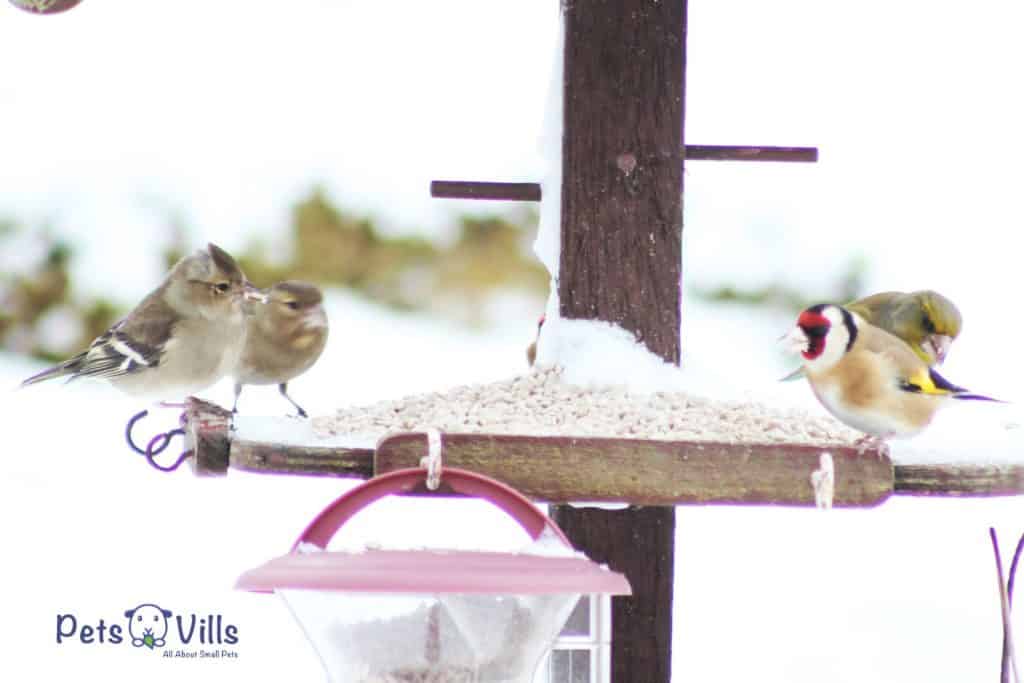
However, some birds remain in their winter habitat, where they face the challenge of finding food and shelter.
These birds must use their natural abilities to stay warm and avoid predators to survive the night. Many birds roost in trees or bushes, where they can tuck their heads under their feathers and huddle together for warmth.
Some birds will even build a nest out of leaves and branches to provide additional insulation. In open areas, such as fields or meadows, birds often congregate in large flocks to reduce the amount of exposed skin.
They can share body heat and make it through the long, cold night by huddling together. Thanks to their adaptability and ingenuity, birds can weather even the harshest winter conditions.
FAQs
What time do birds go to sleep?
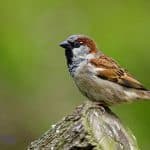
Birds sleep at night when the sun goes down to refresh themselves. However, the time of sleep may vary from bird to bird.
Where do all the birds go at night time?
Where they go at night depends on the species of birds. Many species move into their cavities or niches at night. Holes or nooks help protect them from predators. Some species sing on the branches of trees at night.
Why do birds disappear at night?

Diurnal birds roam all day and sleep at night, while nocturnal birds sleep all day and go out to roam at night. Since we don’t see birds at night, we think that the birds that roam around all day disappear at night.
Conclusion
So, where do birds go at night? The answer is a little complicated. Different species of birds have other habits and needs, so it’s hard to say where they all go.
Some birds may roost in trees or other sheltered areas, while others may fly away to warmer climates. No matter where they end up, one thing is for sure:
Birds are an essential part of our ecosystem, and we need to do what we can to protect them.
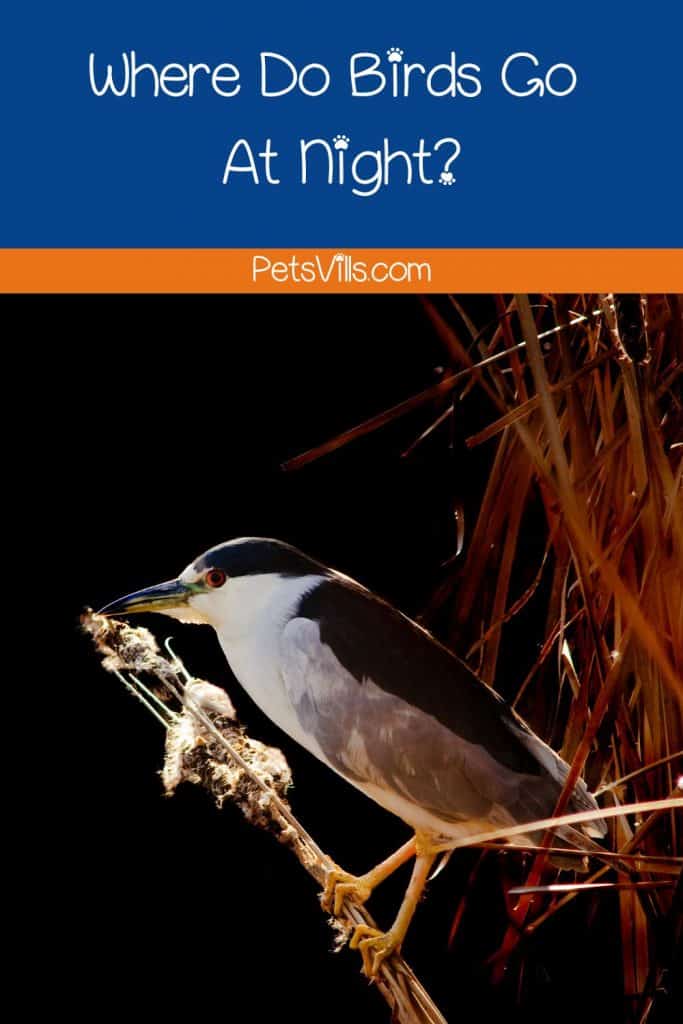
References:
- https://nhpbs.org/wild/Passeriformes.asp [1]
- https://www.sciencedirect.com/topics/immunology-and-microbiology/cavity-nester [2]
- http://www.biokids.umich.edu/critters/Falconiformes/ [3]
- https://www.rspb.org.uk/birds-and-wildlife/wildlife-guides/birdwatching/bird-behaviour/why-do-birds-sing-at-night/ [4]

Andreea is a very passionate content creator and her purpose is to provide you with the most interesting articles, while constantly discovering new facts. She’s been freelance writing for the past five years and has created numerous articles and educational materials while managing her own mom blog.
Read her Latest Articles
Find her on
FACEBOOK AND Instagram

